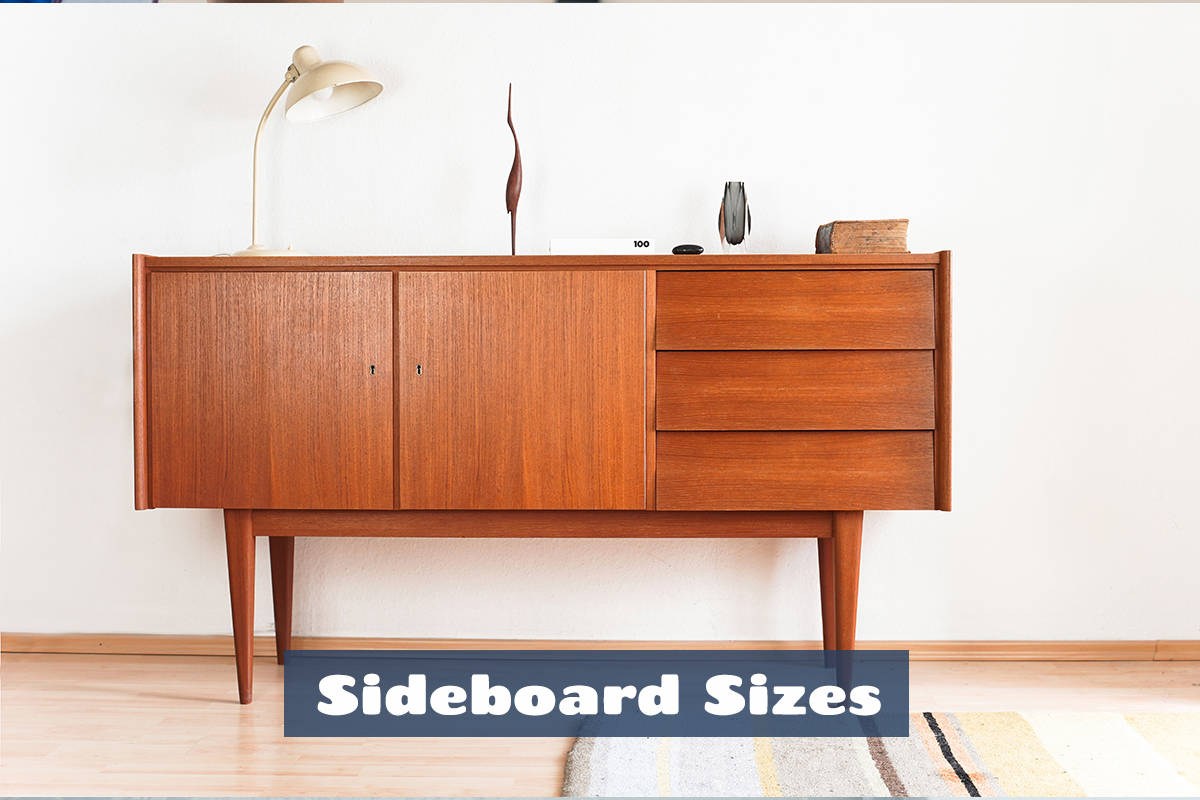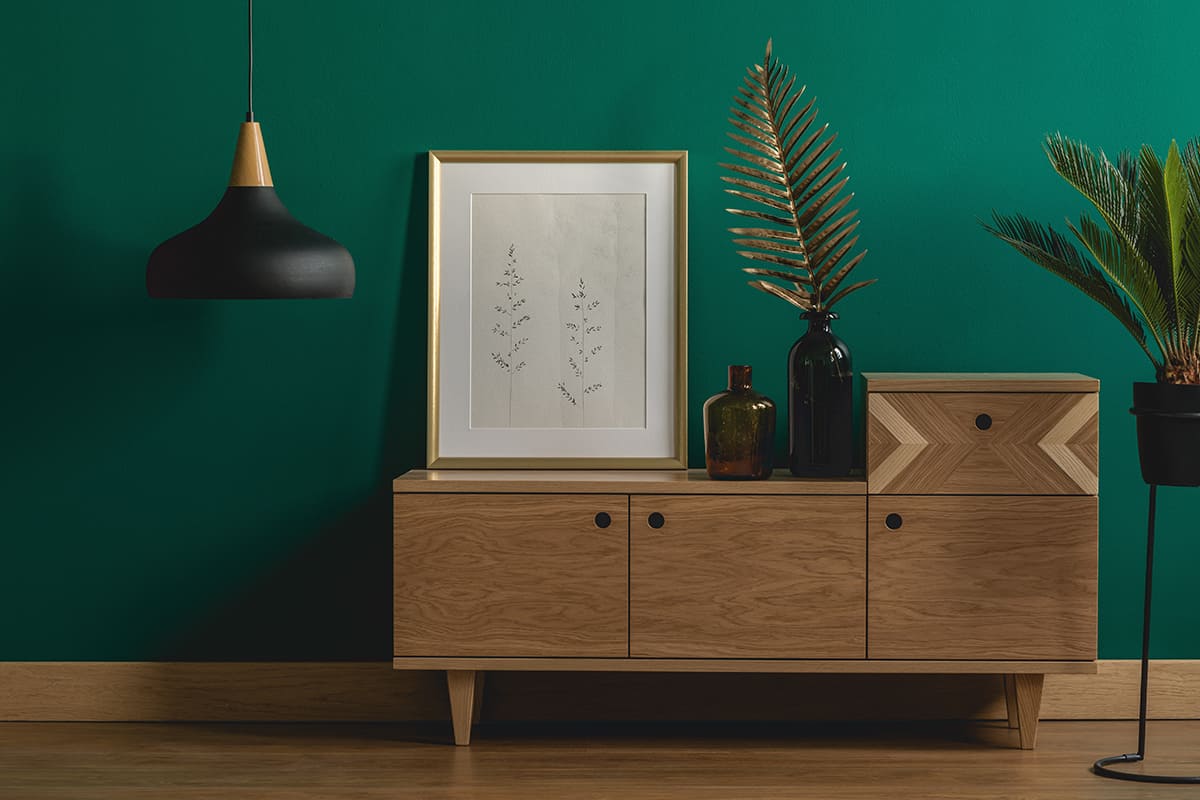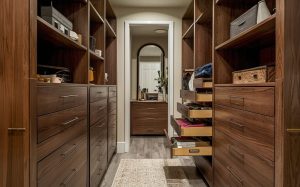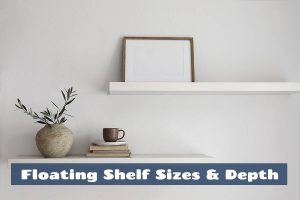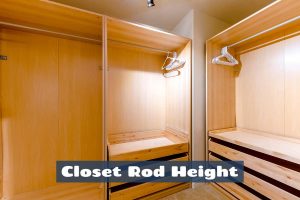Sideboards are versatile pieces of furniture that can be used for storage as well as for displaying decorative items in the home. They are found in many areas of homes, including dining rooms, living rooms, entryways, and bedrooms.
Sideboards vary in size depending on their design and their intended use, so if you’re looking for a sideboard for a particular area of your home, you should be able to find one that fits without too much difficulty.
Here, we look at the standard sizes of sideboards, as well as factors you need to take into consideration when choosing your sideboard size.
Sideboard Standard Length
The length measurement of a sideboard is typically its most variable measurement. Some sideboards that are intended to be used as serving areas in a dining room may be exceptionally long in order to accommodate a number of trays and platters. Sideboards that are designed to be used as a console in a hallway may be considerably shorter in length so as not to block too much of the space.
Typically you can expect a small sideboard to have a length measurement of between 36 and 48 inches (91 to 122 cm), while a medium sideboard is more likely to have a length measurement of 48 to 60 inches (122 to 152 cm). Oversized or large sideboards can be in excess of 60 inches (152 cm).
Sideboard Standard Height
The height of a sideboard tends to be fairly standard across most designs and manufacturers because people want their sideboards to be at a comfortable height for setting down a drink or serving snacks, so somewhere around standing wrist height works best for this measurement. If the sideboard was too tall it wouldn’t be very practical.
Standard sideboards will have a height measurement of 34 to 36 inches (86 to 91 cm). Low-profile sideboards are also available, and these can work well in living rooms when placed near armchairs or sofas so that people can use them to set items down while in a seated position. The standard height of a low-profile sideboard is around 30 inches (76cm) from the floor.
Standard Sideboard Depth
Sideboards in small, medium, or large sizes all tend to have similar depth measurements of 18 to 20 inches (46 to 51 cm). This is because if the surface of the sideboard was any shallower it would take on the look of a console rather than a sideboard, and it would not be as functional for serving food on, or for storage.
If the surface depth greatly exceeded the standard size, it would look too bulky and occupy too much floor space in a room. If you do find that you need a greater storage capacity, extra deep sideboards can be found in depth measurements of 20 inches (51cm) and over, but take into account the clearance space you will need around the sideboard to open any cabinet doors or drawers.
IKEA HEMNES Sideboard Dimensions
The HEMNES sideboard by IKEA is one of the best-selling types of sideboard. It is medium to large in size and features two cabinet doors with internal shelving for storing dinnerware and three medium-sized drawers for smaller items such as cutlery and placemats.
The width of the sideboard is 58 inches, and the height is 35 inches. The depth of the IKEA HEMNES sideboard is 15 inches.
IKEA IDANÄS Sideboard Dimensions
The IDANÄS sideboard by IKEA offers a more traditional style and a smaller footprint but with a deep surface for a functional countertop space.
It measures 48 inches in width, 37 inches in height, and 20 inches in depth. It has bi-folding cabinet doors and two drawers for versatile storage.
How to Choose a Sideboard Size
Available Space
The first thing you should do before looking at sideboard style or functionality is the space you have available. Use a tape measure to measure the width and depth of the space where you want to position a sideboard, and also take note of any fixtures and fittings that could affect the sideboard placement, for example, a low window or a radiator.
You will need to make sure there is enough room for the sideboard to fit comfortably without obstructing foot traffic flow or other furniture. Also, consider that the sideboard may have drawers or doors that will need space to open.
Functionality
Your intended use for the sideboard is going to affect how big or small you need it to be. If the sideboard will be kept in the hallway to display a vase of flowers and be used as a place to set down your keys as you return home, then it isn’t going to need to be very big at all.
If the sideboard is being used as a buffet in the dining room, then you’re going to want it to have a fairly generous surface area for serving cake displays or platters of food.
It will also need to be a comfortable height that is appropriate for serving food so that people don’t have to reach up or bend down to get what they want. If the sideboard is primarily for storage, you might opt for a larger size with ample cabinet space to keep clutter hidden away.
Proportions
The size of the sideboard should be proportionate to the size of the room and other furniture pieces. A large sideboard in a small room might overwhelm the space, while a small sideboard in a spacious room might look out of place. For a sense of balance, try to keep all of your furniture proportional to each other, as well as to the size of the room.
Storage Needs
Consider the items you’ll be storing inside the sideboard. If you need to accommodate larger items like platters or extra dinnerware, a deeper sideboard might be necessary. If the sideboard is being used in a living room, you might use it to store smaller items like spare candles, in which case a narrower sideboard would be appropriate.
